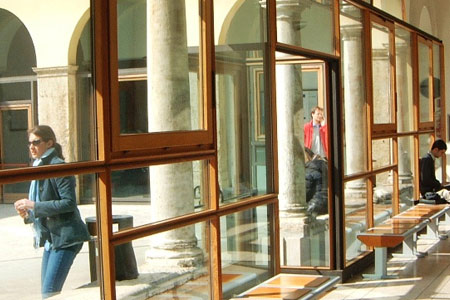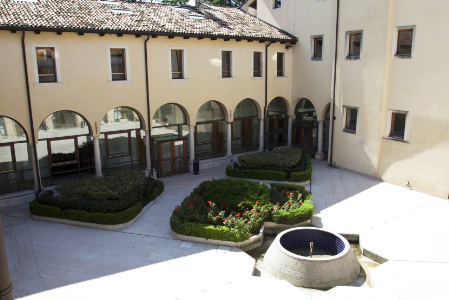- Dipartimento
- Ricerca

La Ricerca in breve
Attività di ricerca
Strutture di Ricerca
- Didattica

Dottorati di ricerca e formazione superiore
Servizi per la didattica
- Territorio e Società

Informazioni per il territorio
Servizi per il territorio
Riferimenti
- Persone
- contatti
-





